The Birth of Stands
A Ruskin Pottery innovation was the introduction of elaborate pottery stands for their vases and bowls, though pottery stands are not the creation of Ruskin Pottery as there are eighteenth century Chinese examples. The earliest Ruskin stand recorded is of 1912, which bears a resemblance to the wooden stands that the pottery used in their advertising and exhibitions. It appears that the production of the stands with high temperature, flambé glaze started around 1926; 1925 examples are known, although uncommon. At The Paris Exhibition of April 1925, the Ruskin pieces on display are shown with round wooden stands except for the top row centre piece which was on a square, wooden stand. In November 1925 an article was published in The Studio magazine launching Ruskin Pottery’s ‘New High Temperature Flambé ware.’ All three vases in the photograph were on black painted, plaster stands. This advertisement was a watershed for the pottery, indicating the change in the high fire production, with the help of A A King director of the local kiln and chemical experts of Albright & Wilson. It was perhaps the balance of the picture with vase and stand that sparked the production of pottery stands.
There are several indications that Ruskin Pottery was producing stands for their vases and bowls because in the London Arts and Crafts Exhibition of January 1926, two vases were catalogued as being with stands. Ruskin Pottery returned the favour to Albright and Wilson in April 1926. At the British Industrial Fair Ruskin pottery was on display on a Albright and Wilson stand, but not under the pottery name. Reported in the Pottery Gazette was the following: ‘Mr W Howson Taylor… had the advantage of the use by the firm of Albright and Wilson Ltd at their stand in the Chemical section of a number of high temperature Flambé bowls and stands, which were utilised as containers for powdered chemicals. It was charming collection of Mr Howson Taylor’s best achievements, although not displayed in the pottery section, they were indeed admired’. Thereafter, in May 1926, Howson Taylor presented 35 pieces of his finest high fired pottery to the Birmingham Museum, in celebration of his 50th birthday. One of these pieces was an egg shell bowl on a long-legged stand both with a Flambé glaze. (Museum catalogue No. 1926M47) The Studio magazine of June 1926 noted a forthcoming exhibition at the Ruskin Galleries, which overlooked Chamberlain Square. Mr John Gibbins was the owner and a friend of William Howson Taylor.
In 1927 The Studio year book of Decorative Arts presented a vase and caddy upon stands. The stand illustrated in the 1928 year book is described as a ‘carved pottery stand’ which is the way the stands were crafted; carving out an upside-down bowl shape. One label attached to a stand bears an inscription and signature of W. Howson Taylor; “this stand was modelled by hand and no two are alike in colour or design”. With the start of the production of lamp bases in 1927, carved stands became obsolete. By 1930 eight sided stands, as well as triangular and square, were in the lamp base designs. Moulded stands were produced until the closure of the factory in 1933.
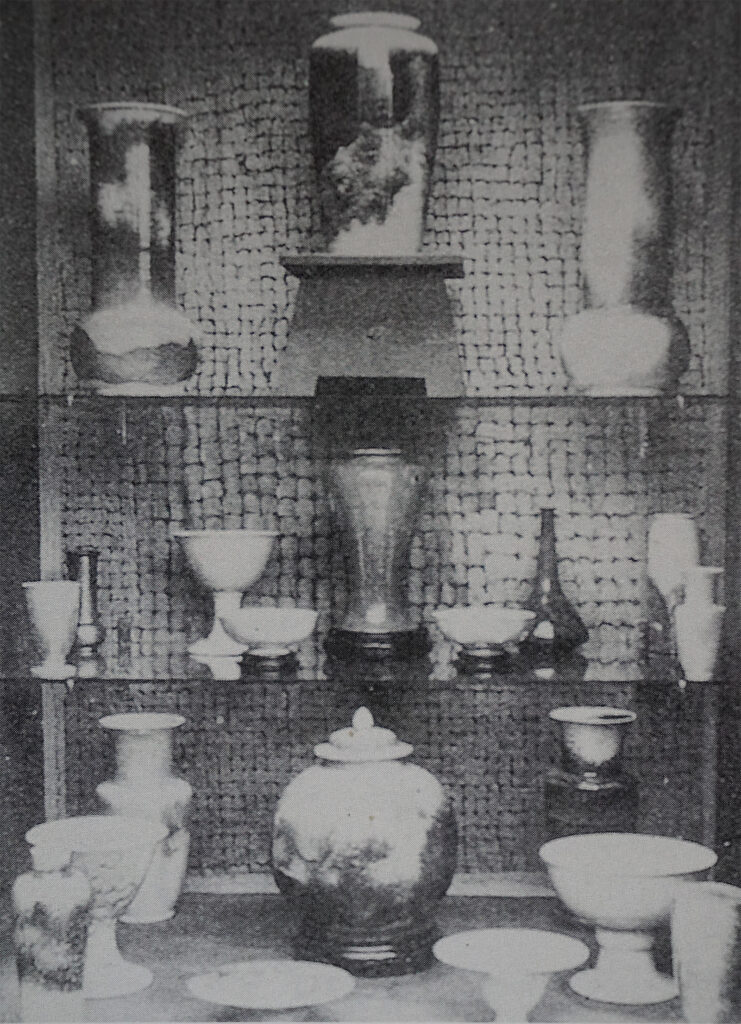
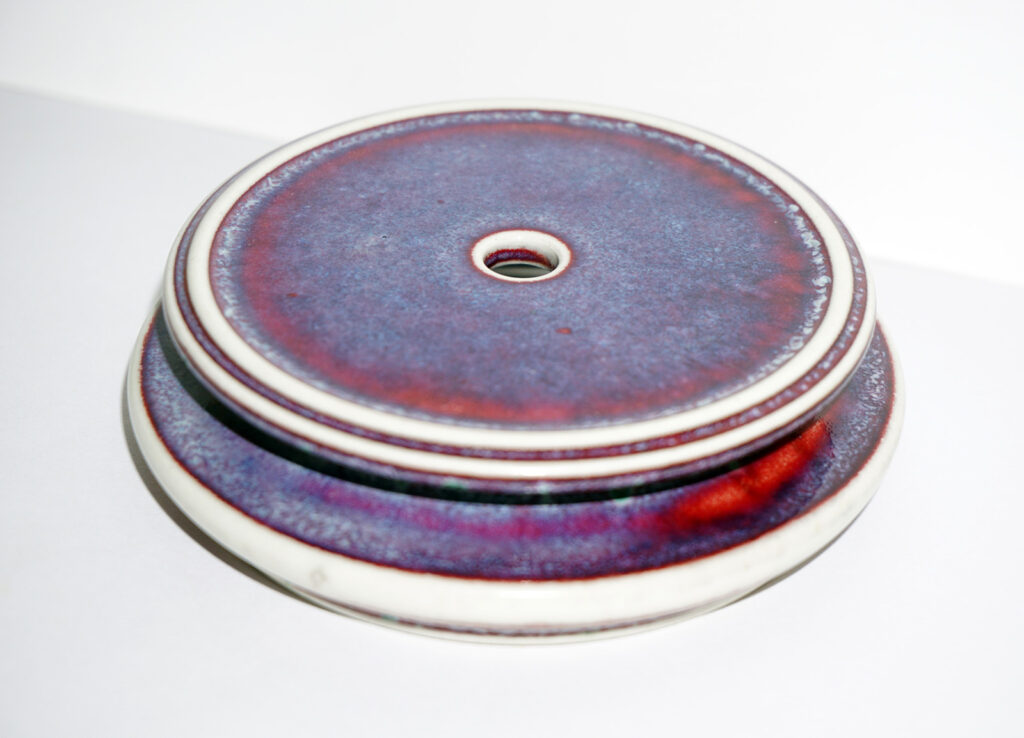
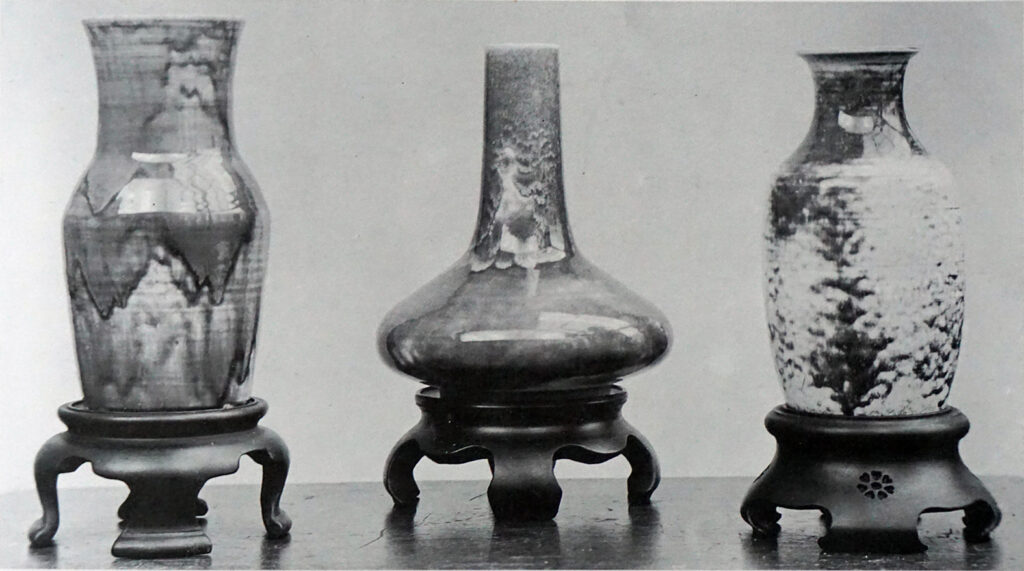
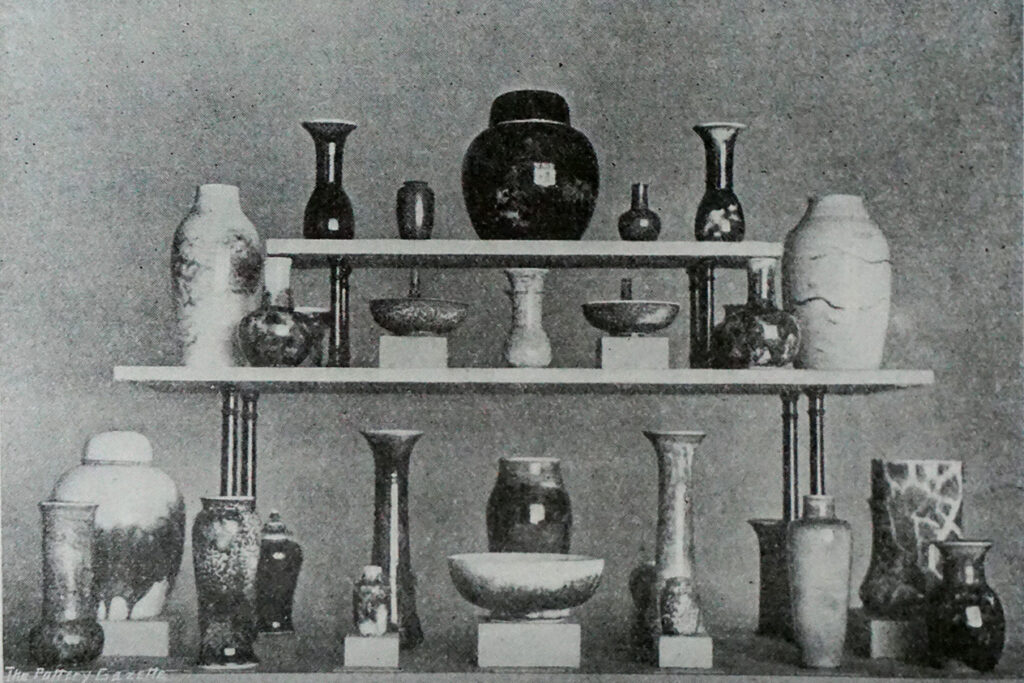
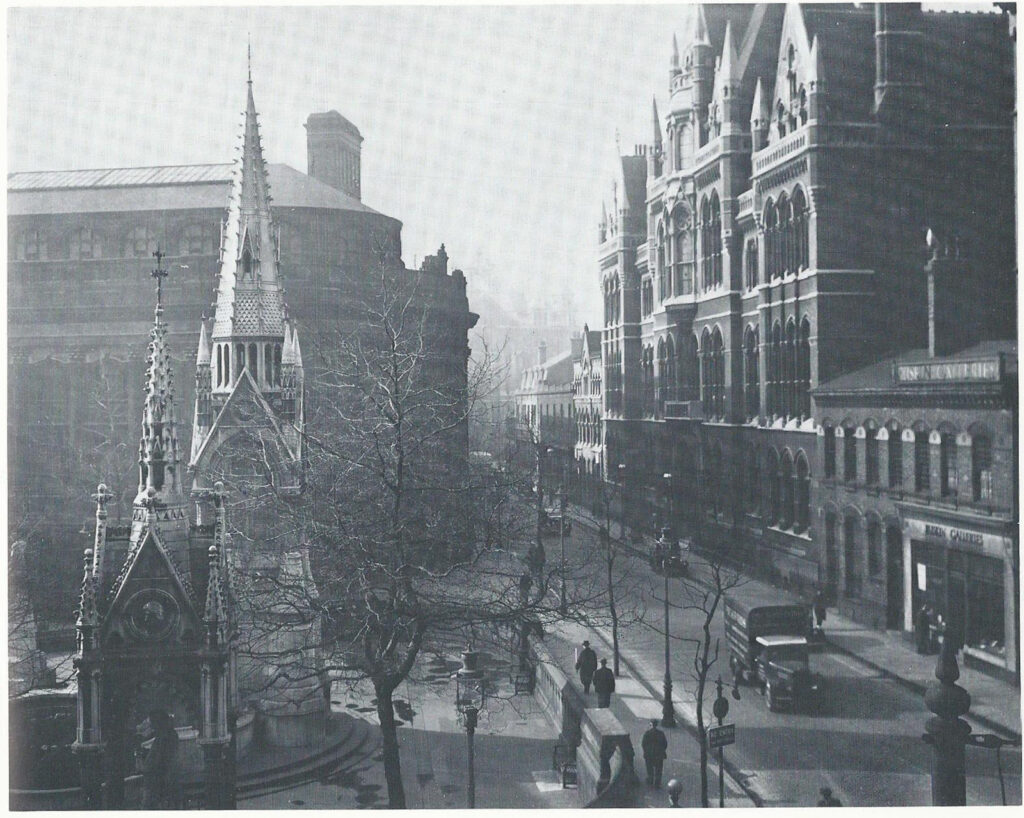
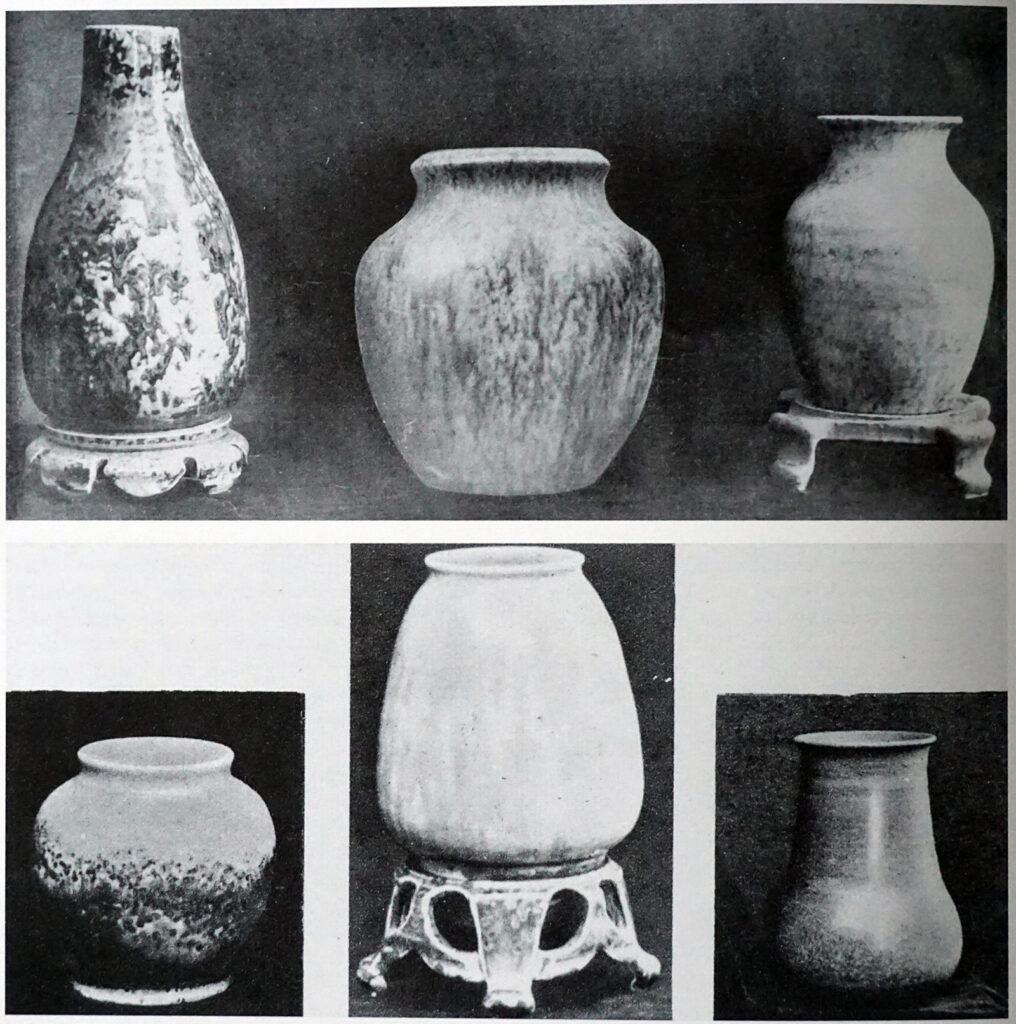
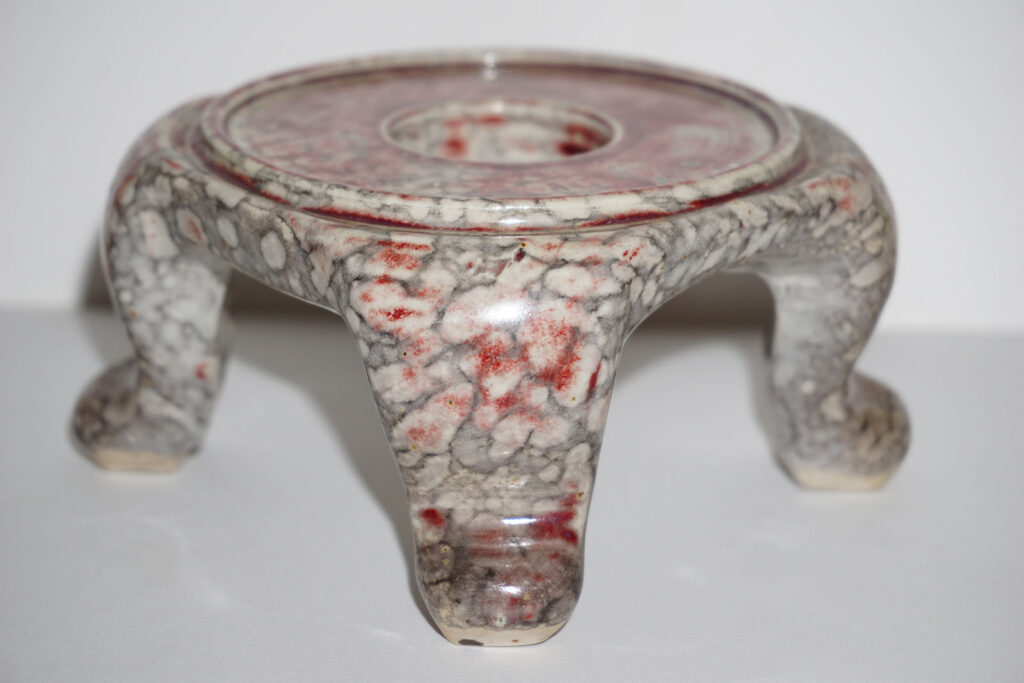
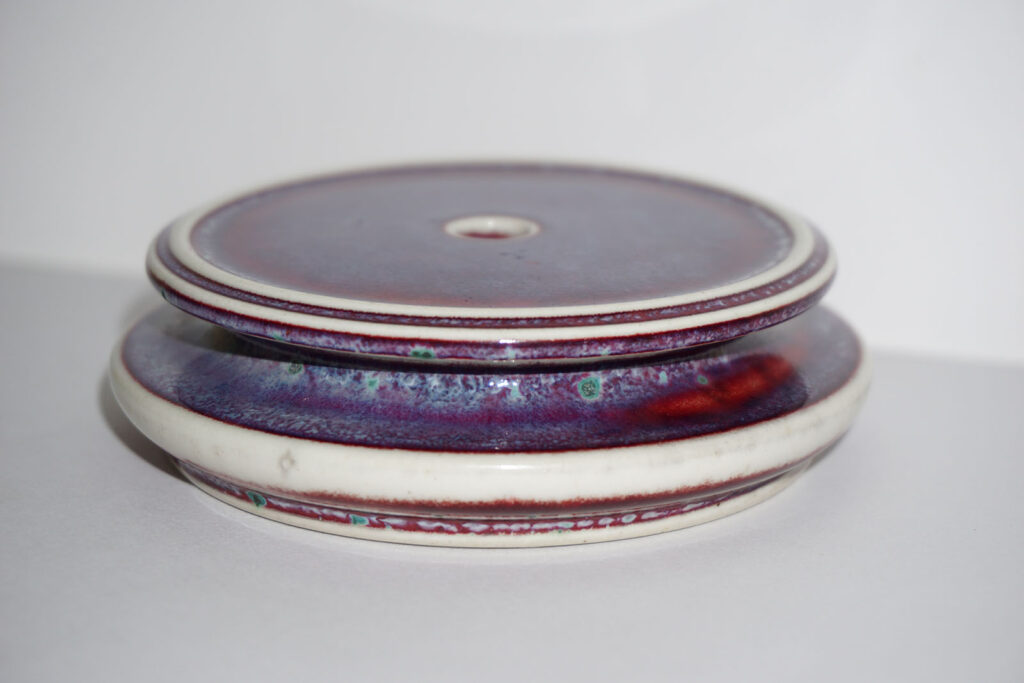
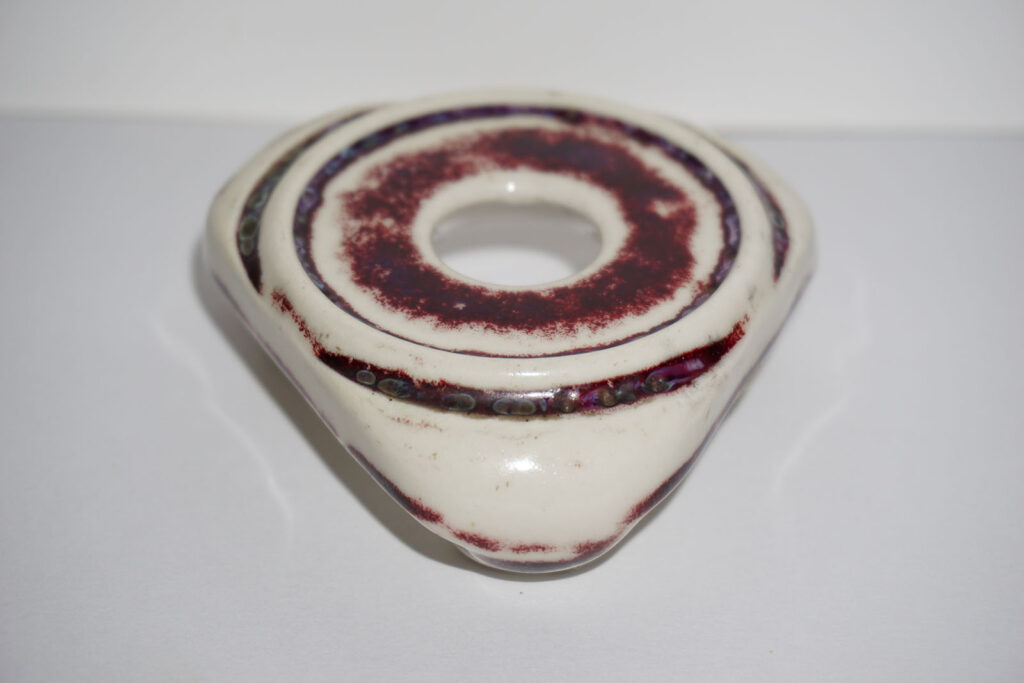
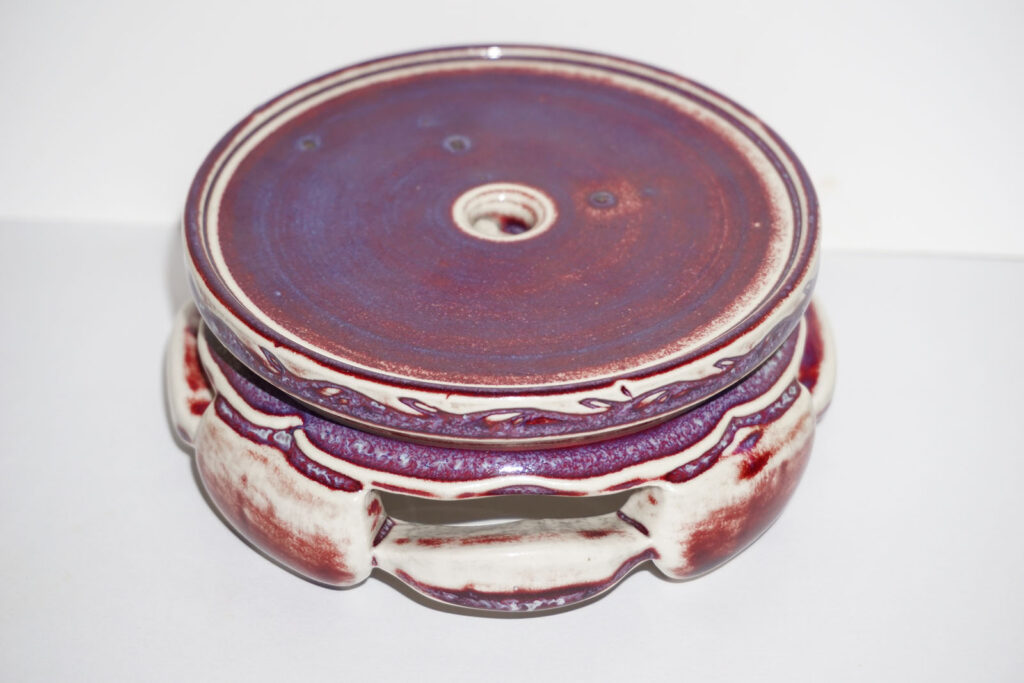
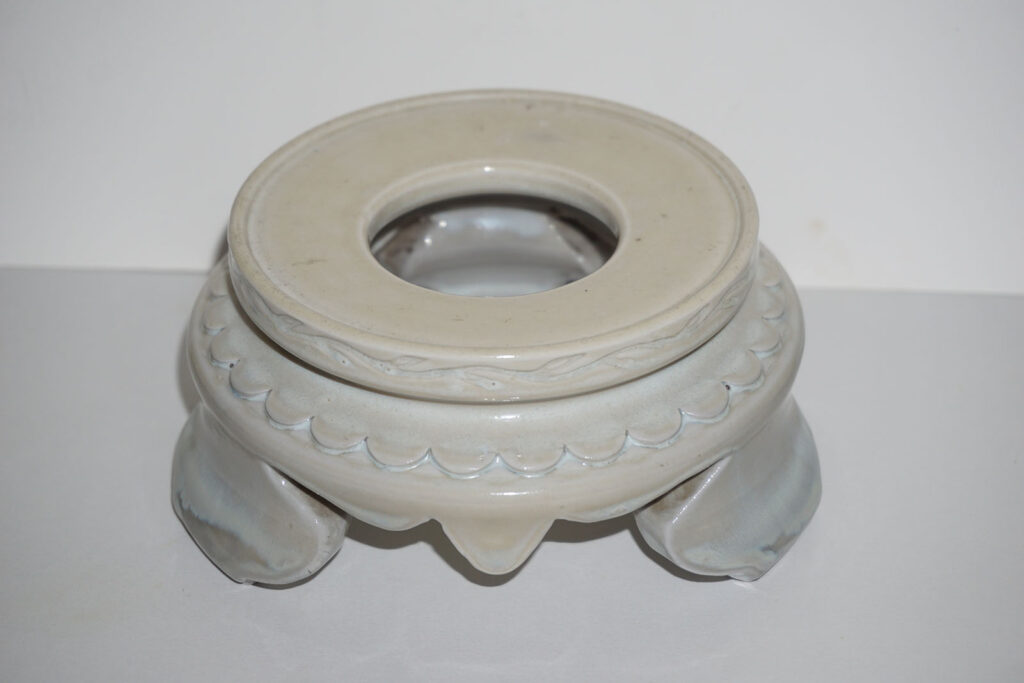
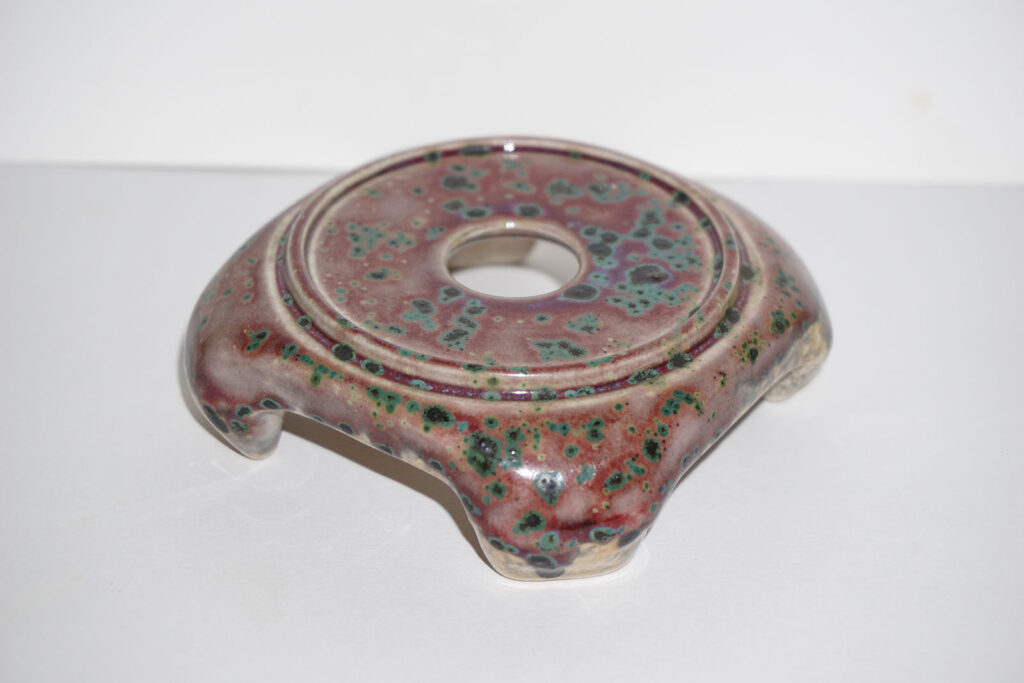
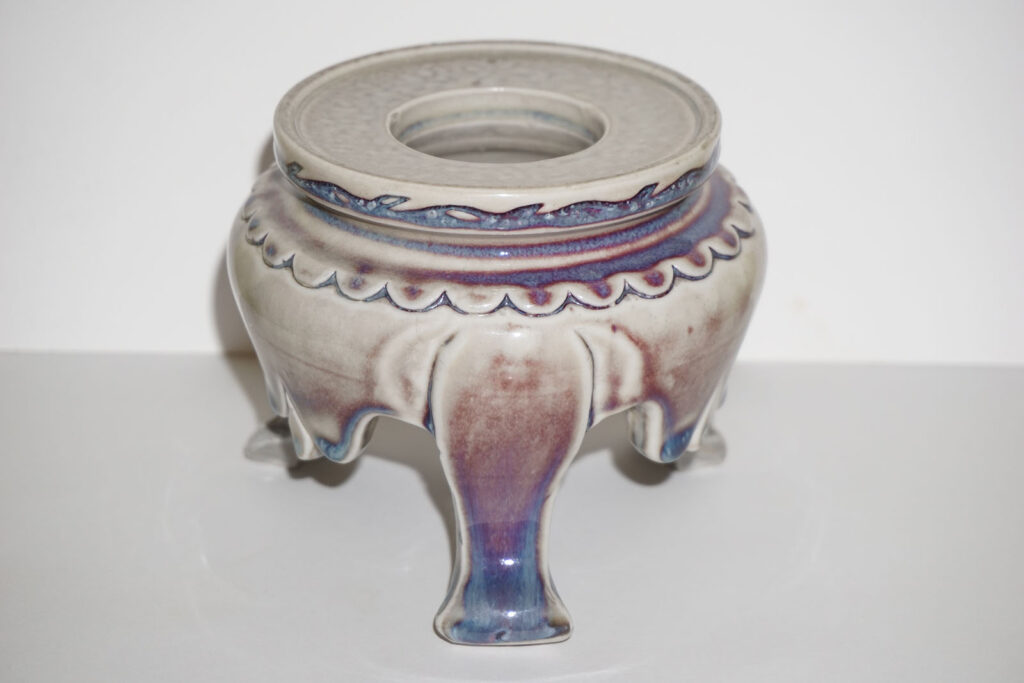
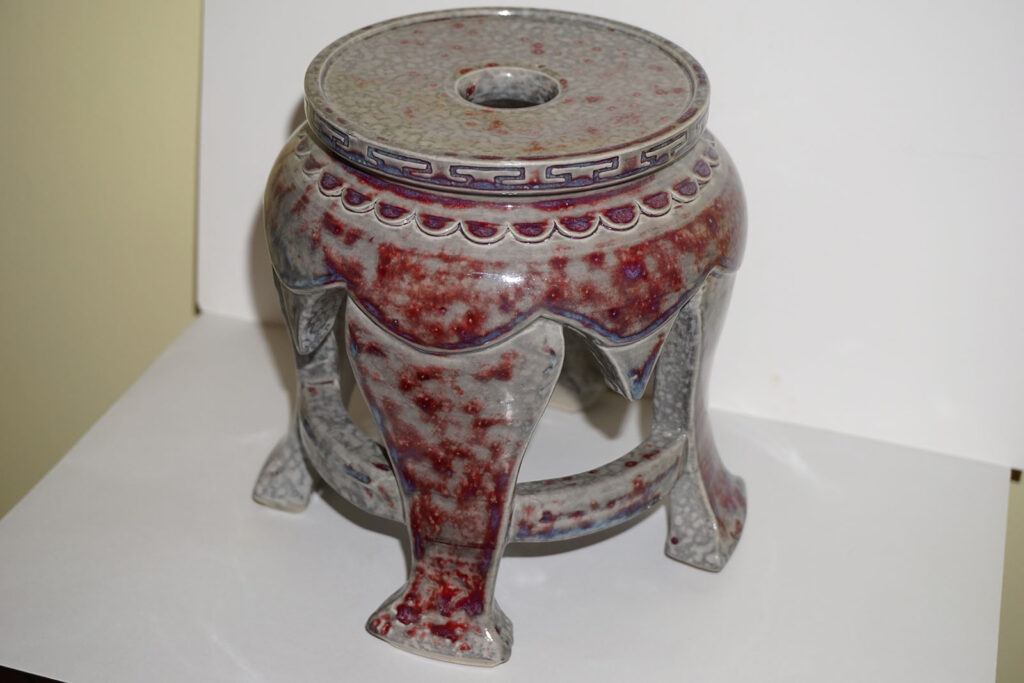
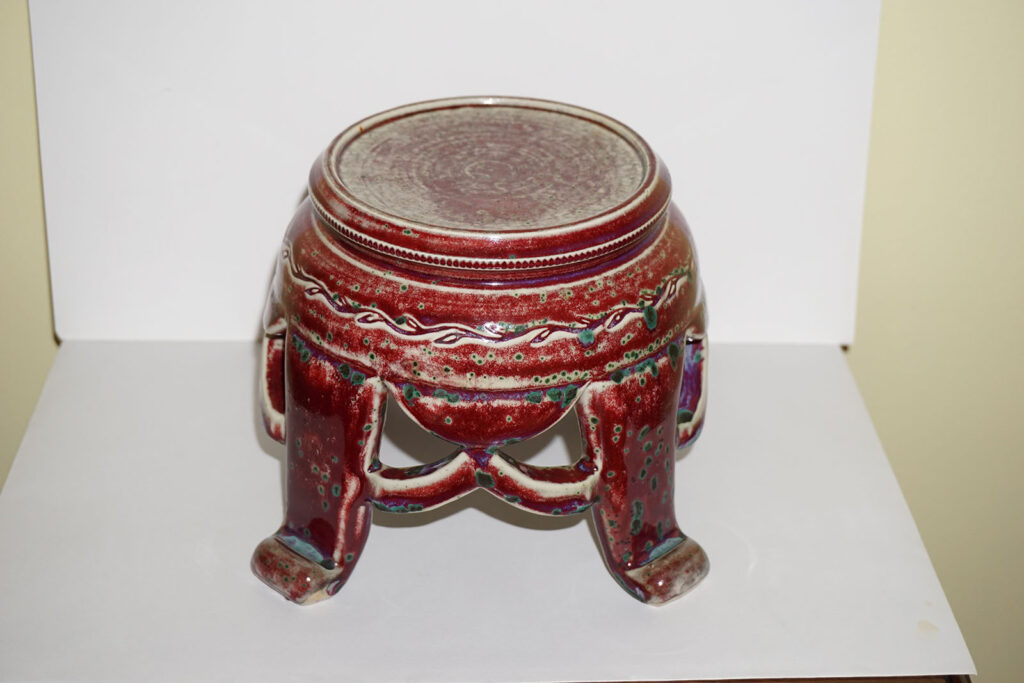
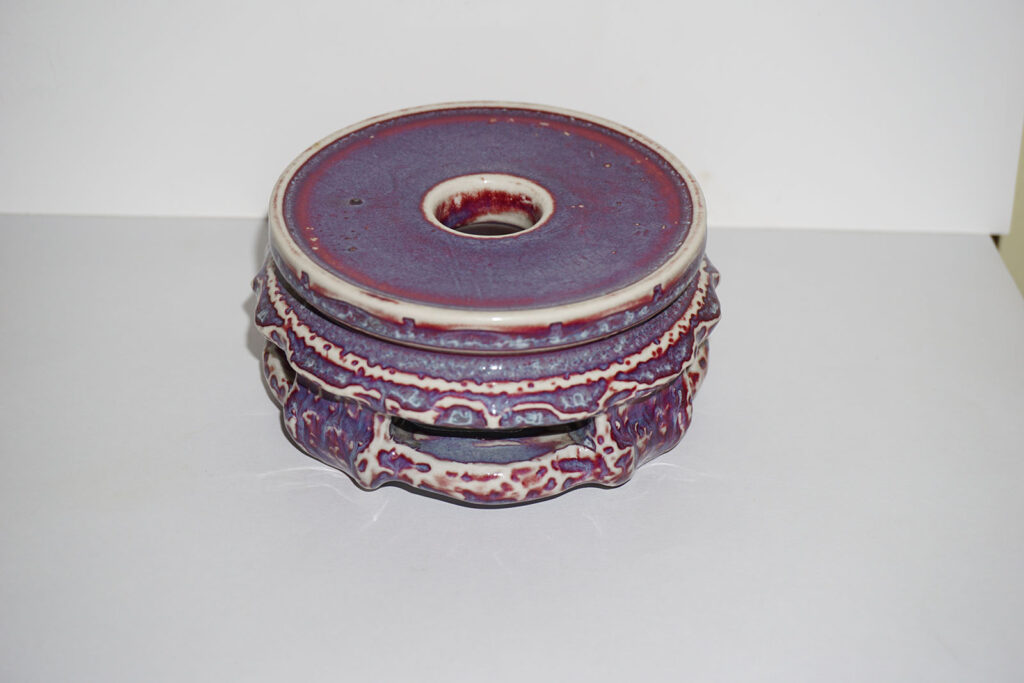
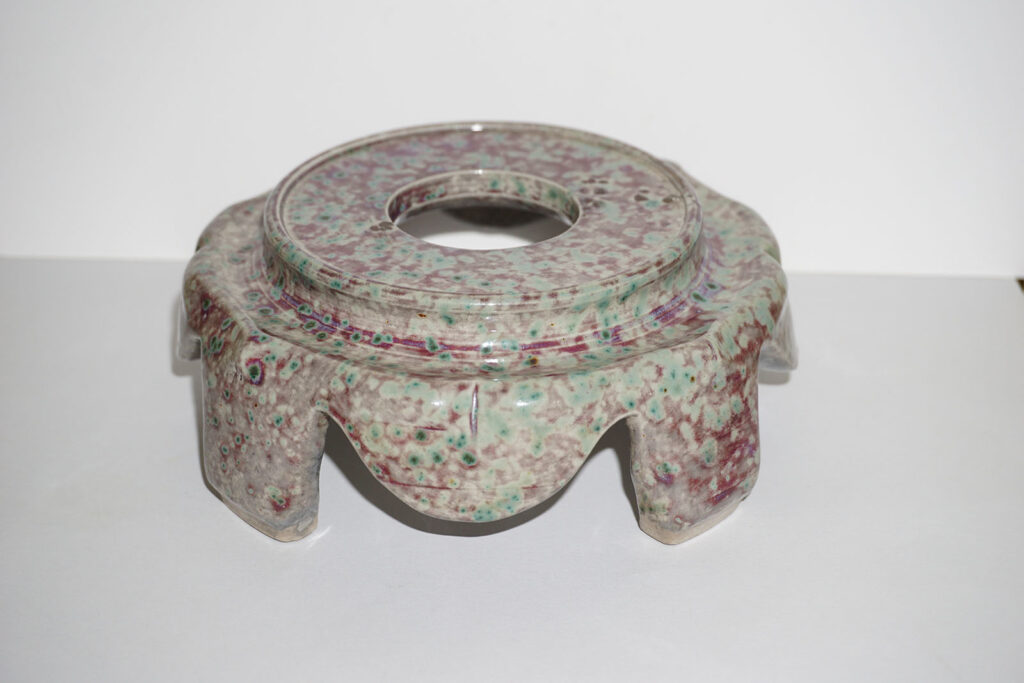
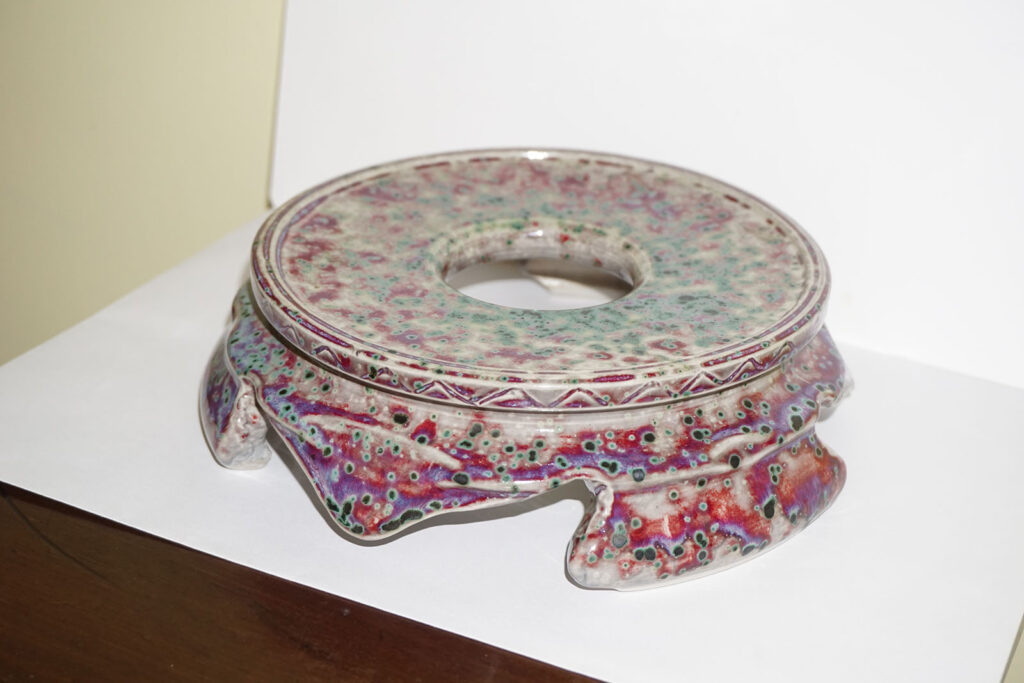
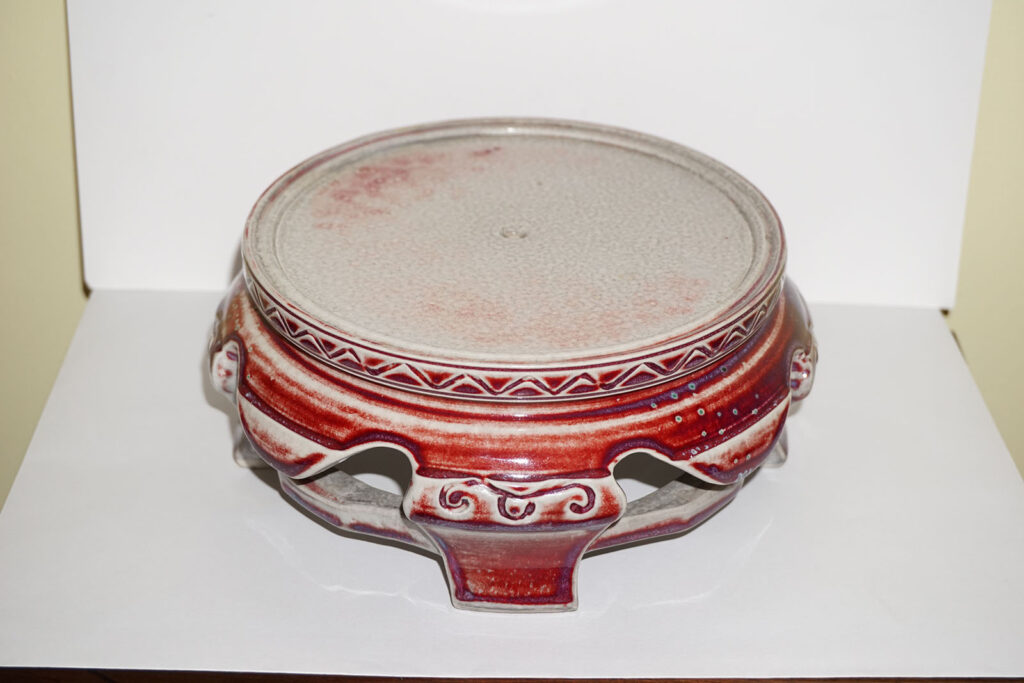
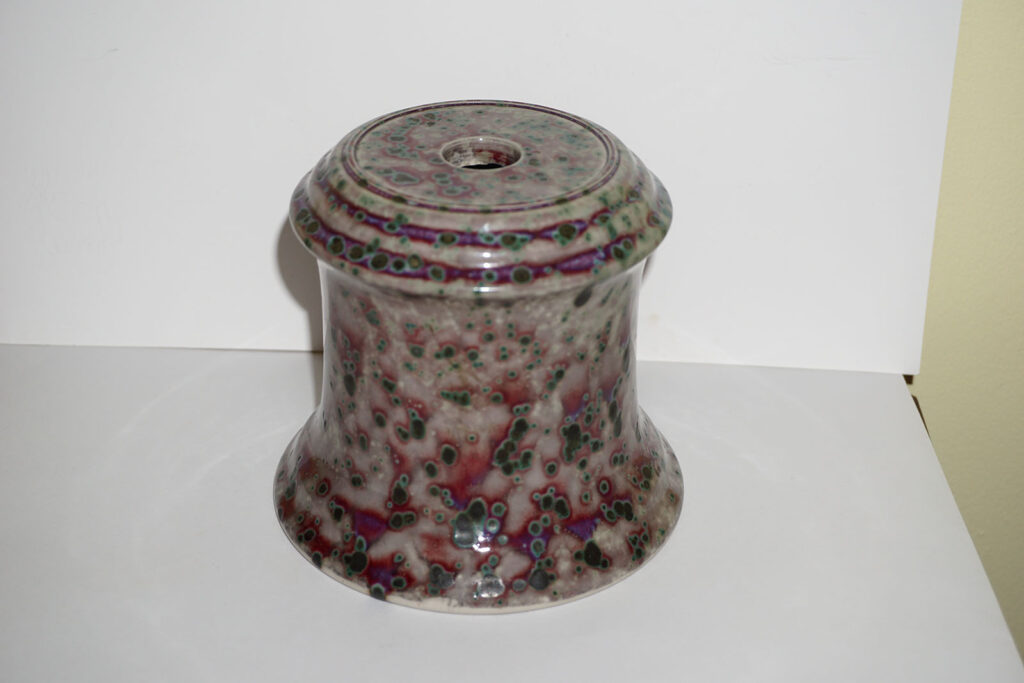
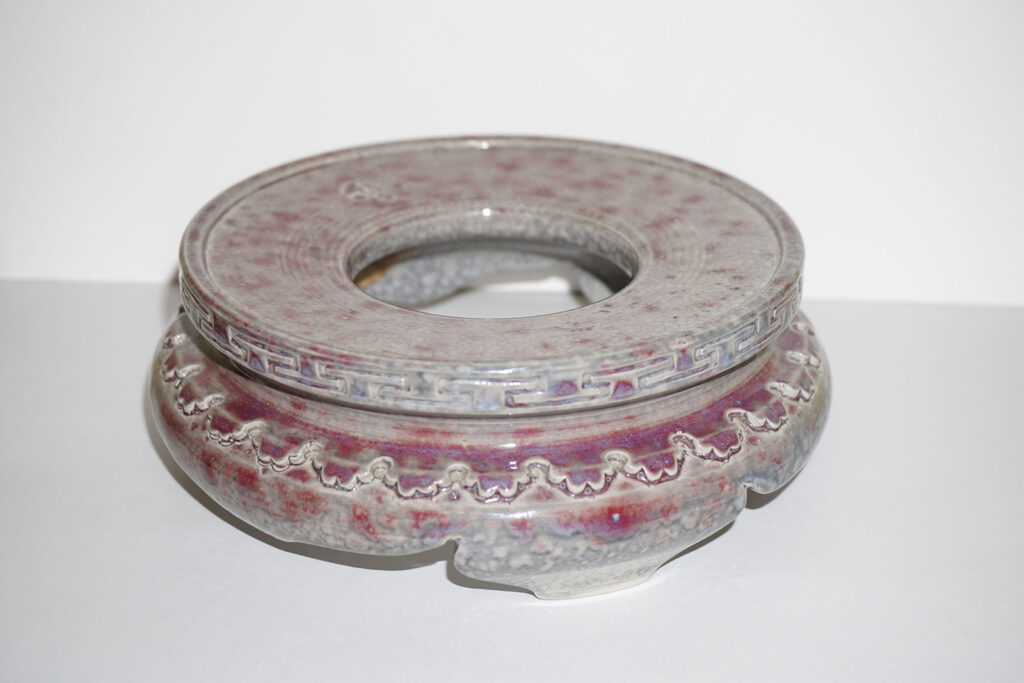
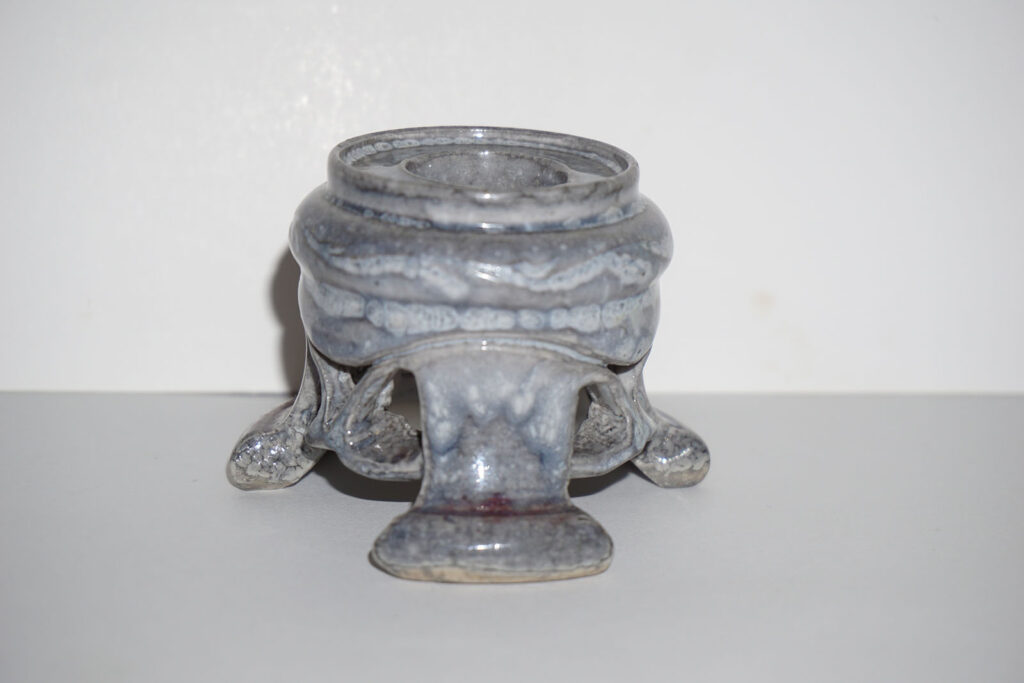
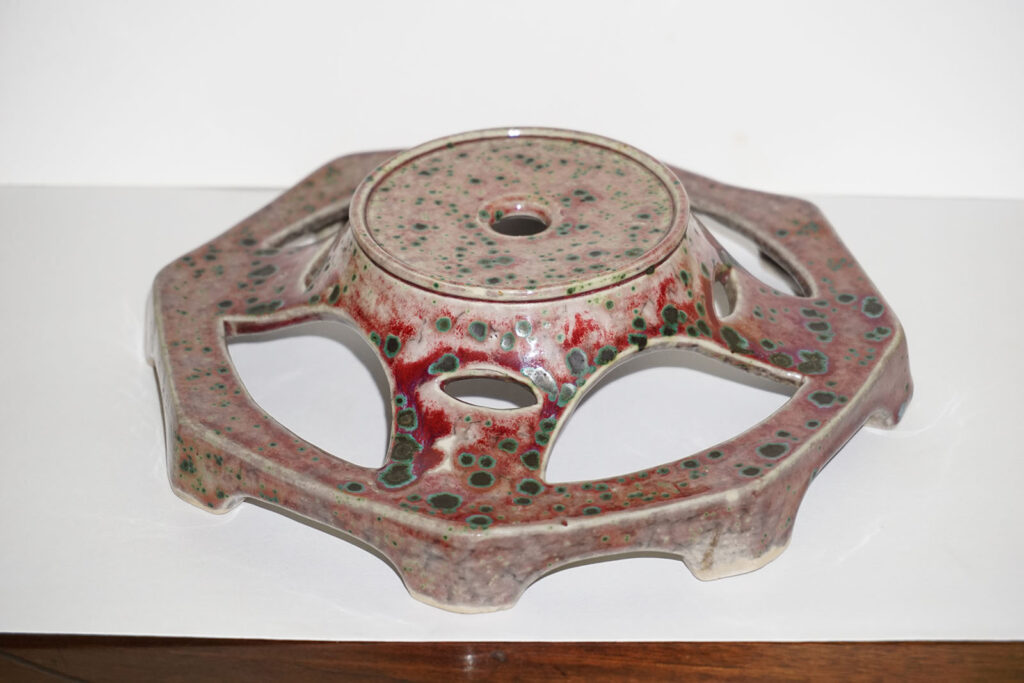
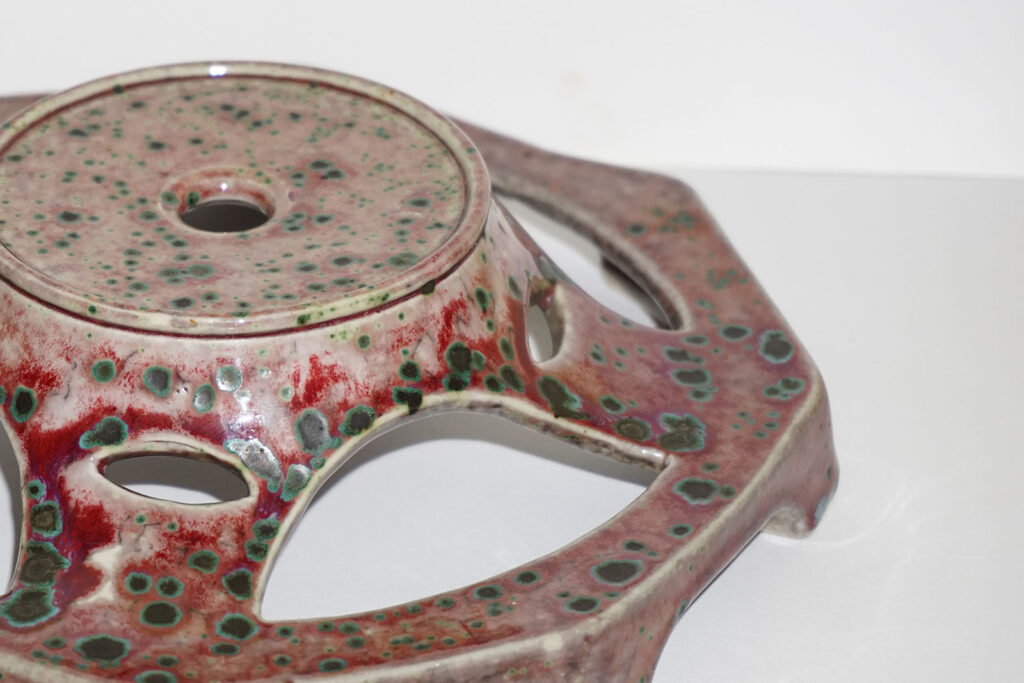
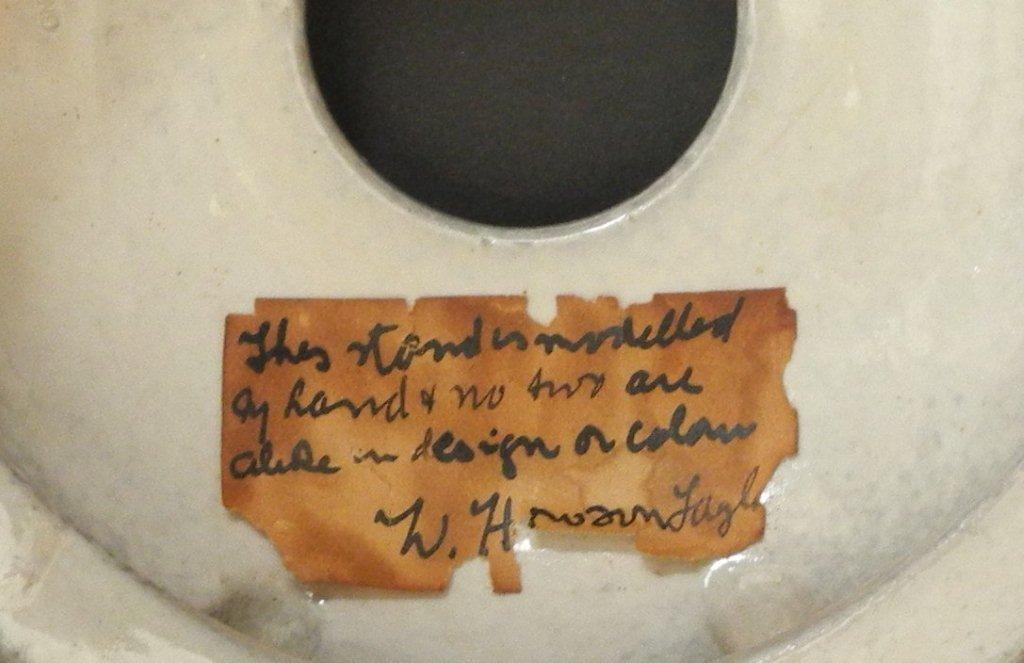
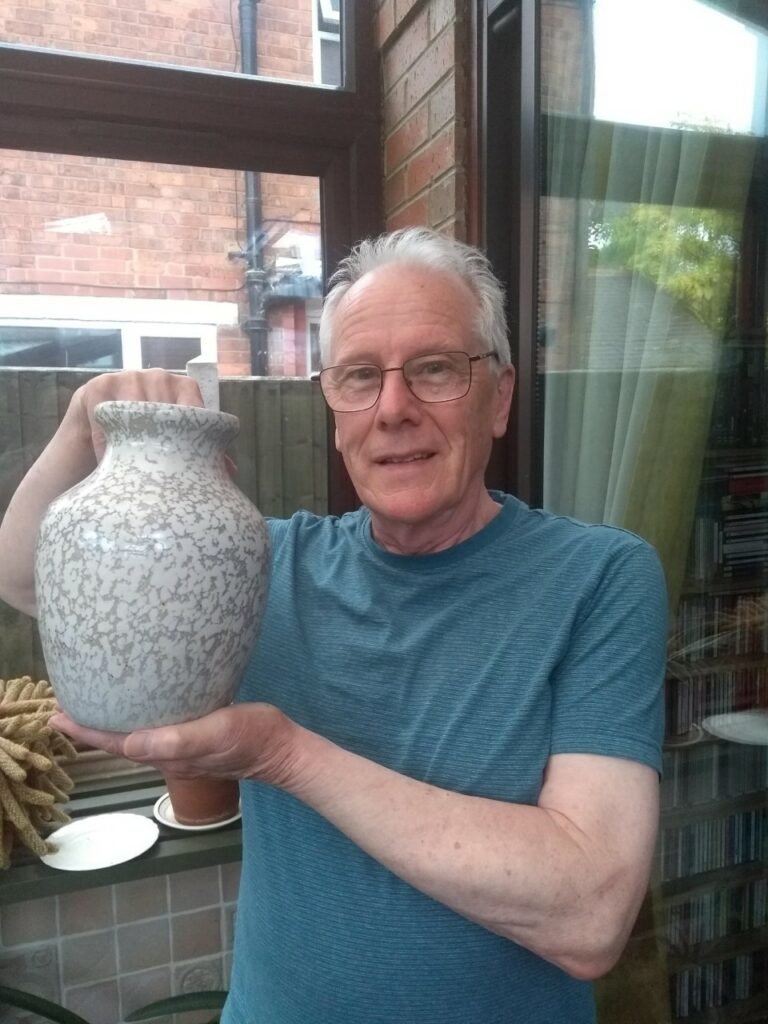
I have a peice from my grandmother by ruskin dated 1925. A small bowl. trying to find something out about it
Sorry for not getting back to you soon Gary ,had a difficult year . Your bowl sounds like a finger bowl , what colour is it